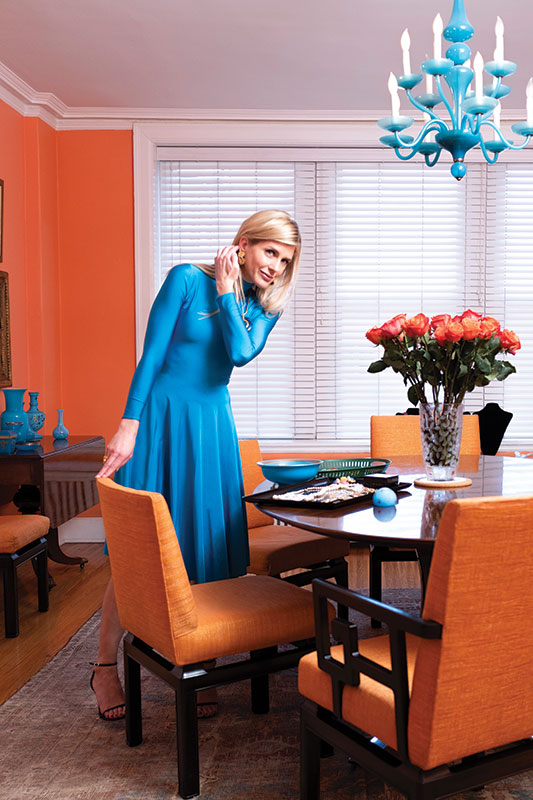Stuart Dyer’s Game of Chance

By GINNY VAN ALYEA
Stuart Dyer is an old soul, who has had an eye for hunting treasure for as long as she can remember. More than 10 years ago she turned her personal passion into a full time profession when she founded Ladybug Vintage. She shared some of her own secrets of sourcing and collecting with CGN.

Please tell me how you came to do what you do? What were some of your earliest creative inspirations and influences?
I started Ladybug Vintage in 2009. It is a vintage jewelry and accessories business which focuses mostly on the international glamour and country club chic eras of the 1960s and 1970s. From as far back as I can remember, I have been an avid fan of vintage. My interest started when I would spend time with my grandmother on Sundays. She had a huge jewelry box filled with vintage costume and real jewelry pieces, and I would spend hours trying everything on. I never got tired of it! I also loved watching old movies with her from the 1940s through the 1960s, and I quickly became obsessed with the clothing and jewelry featured in the films. My interest in vintage expanded further when I would accompany my mother to flea markets and antique shows where she would look for British antiques and Chinese export pieces. I wanted to collect something too, so I would look for things I could afford with my allowance. No one really wanted Vintage clothing and costume jewelry then.
After college, I moved to New York City, took night classes at Parsons School of Design and then worked as a clothing designer. During this time, I started acquiring vintage pieces to use as design inspiration. After working in fashion for 15 years and moving to Chicago, I decided to turn my passion for vintage into a business and started Ladybug Vintage.
We have talked to a lot of art collectors over the years for CGN – often it’s a long time before they even realize they have a collection. Please talk about what it means to buy things that you love with an eye for selling them to someone else.
I have always bought what I love, whether its vintage jewelry, vintage clothing, art or antiques – now I continue to do the same thing on a bigger scale. I find if I stay true to what I love, the pieces I acquire work together even if from different eras, creating a cohesive collection that appeals to my buyers.
Are there any secrets to finding a vintage treasure among a lot of...junk? Do you have favorite sources or sites?
I think the secret is experience. I have been acquiring vintage for so long I can usually rather quickly spot what I am looking for. When I arrive at a booth at a flea market, I’ll scan the space to get a sense of what is there, and then focus. Since I mostly look for jewelry and accessories, I start where smaller pieces are kept.
My favorite sources always change. It is a game of chance. One time I could go to a thrift shop and find a treasure trove, and the next time I go back find nothing. The same can be said about the other places where I like to search, such as auctions (both live and on-line), flea markets and antique malls. I look for vintage wherever I happen to be, even when travelling.
I know you have an art history background and I read that you are also a life-long lover of antiques.
I am! I have many collections. In addition to vintage jewelry and accessories, I collect mid-century modern furniture, vintage Limoges dishes, antique botanical prints, colorful 1960s and 1970s graphic art, Murano glass and paperweights.
Are there certain designers or categories you recommend new collectors, or anyone with a level of interest in vintage clothing and jewelry, should look to collect?
I recommend that people collect what speaks to them and what they find beautiful or interesting, because the value of things comes and goes. I suggest you do research to develop an eye for what you like and become familiar with signature pieces, designer’s marks, etc. That being said, high-end designer pieces from Hermes, Chanel, Dior and Gucci, tend to hold their value.
What are some challenges to being a professional ‘collector’?
The biggest challenge is to not become a hoarder – ha! Besides that, I find that it can be a challenge to buy things that are only in good condition, are of high quality, and to truly stick to pieces that I love. I have learned the hard way not to buy something just because it is a bargain.






